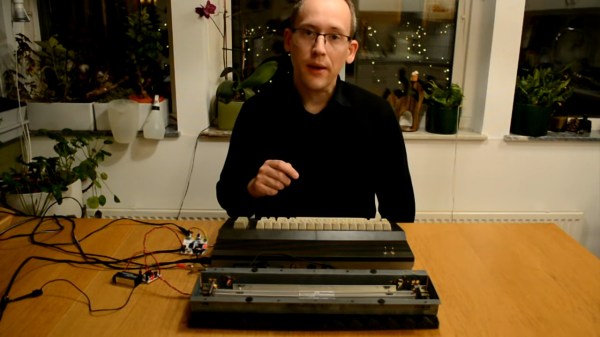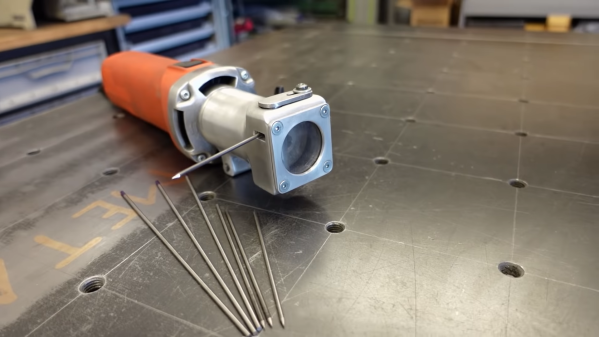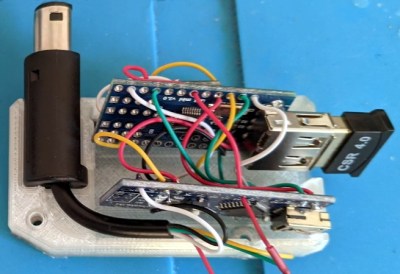Church organs may be mechanically complicated and super old-school, but they share something in common with the earliest computer sound chips. In theory, and largely in practice, they produce very simple waveforms. The primary reason that church organs seem so full and rich compared to your old Commodore 64 is that they have the benefit of a whole church’s worth of reverb to fatten out the sound. [Linus] demonstrates this with the Sixtyforgan.
The Sixtyforgan is a Commodore 64 hooked up to a spring reverb tank. By running the relatively basic waveforms from the Commodore’s SID chip through this reverb, it’s possible to generate sounds that are eerily similar to those you might hear at your local Sunday service. While we won’t expect chiptune luminaries like [chipzel] to start busting out songs of praise at events like Square Sounds, it’s kind of awesome to think of the composers of antiquity rocking out to some mad Game Boy jams way back when.
It’s a great demonstration of the Commodore’s musical abilities, and we particularly like the application of the chromatic button layout borrowed from the accordion. We’d love to see this setup combined with an orchestra of the retro computers, like this demonstration playing The Sugar Plum Fairy. Alternatively, Billy Corgan on the Sixtyforgan playing Tiberius would be pretty great, too. Pretty sounding video after the break.
Continue reading “The Sixtyforgan Proves That Church Organs Are Definitely Chiptune”























